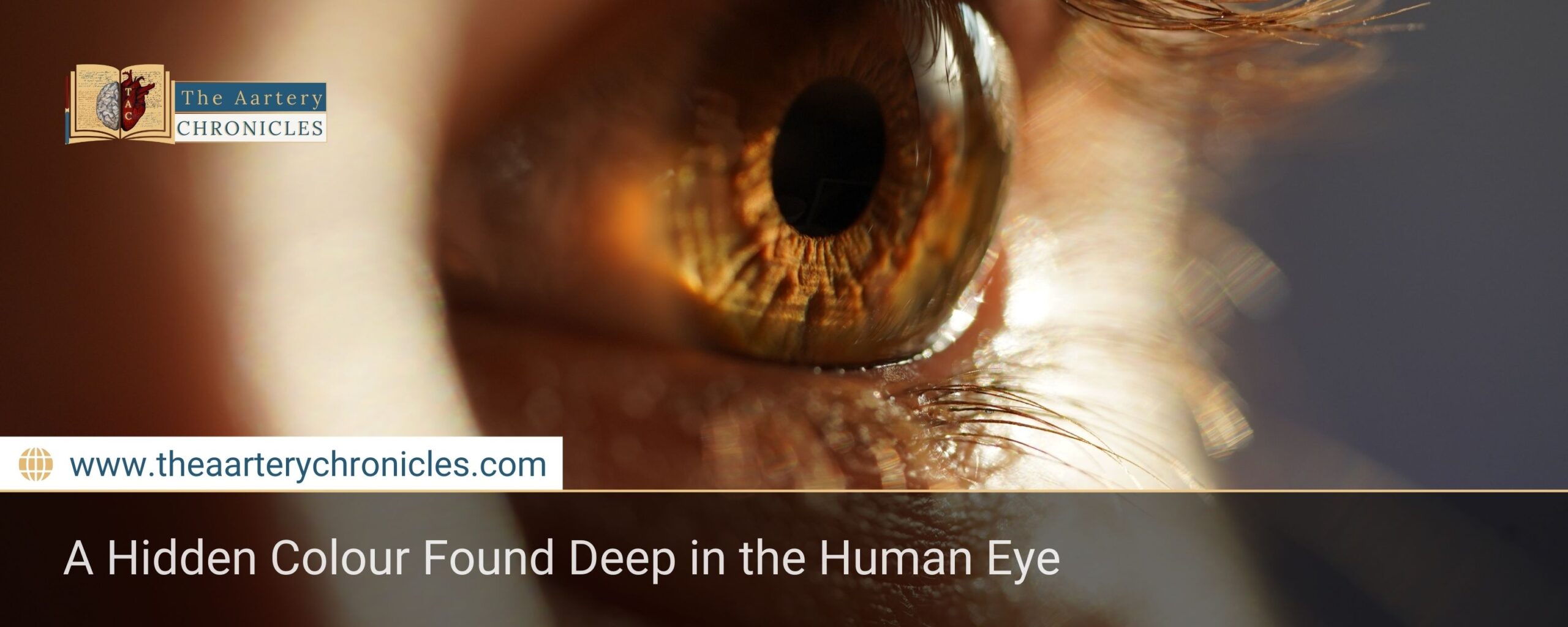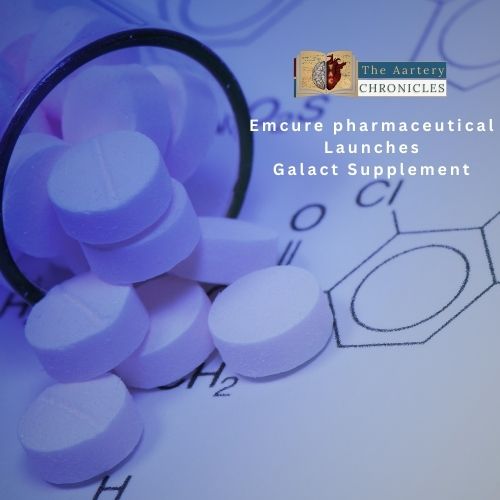

A Hidden Colour Found Deep in the Human Eye
Although humans have explored a wide variety of environments both on Earth and beyond, scientists believe our perception of colour might still be incomplete. A groundbreaking study from researchers in the United States has revealed the possibility of a new colour experience one that cannot be seen under normal conditions.
How Do We Normally See Colours?
To understand this discovery, it’s important to know how human vision works. The retina at the back of the eye contains three types of cells, called cones, which detect different wavelengths of light:
- S cones (short wavelengths – blue light)
- M cones (medium wavelengths – green light)
- L cones (long wavelengths – red light)
When natural light enters the eye, it stimulates different combinations of these cones to create the full range of colours we perceive. However, under typical conditions, it is not possible to stimulate only the M cones in isolation there’s no natural light that targets them alone.
The Experiment: Stimulating the Eye with Laser Light
To go beyond this natural limit, scientists at the University of California, Berkeley, designed a unique experiment. Using advanced laser technology, they carefully scanned and mapped individual cells in a participant’s retina. Then, they fired precise laser pulses directly at the M cones, without affecting the S or L cones.
This highly controlled stimulation allowed the researchers to create a colour perception that is completely new to the human experience.
Introducing ‘Olo’: A Colour Like No Other
As a result, participants reported seeing a colour unlike anything they had ever seen before. While they described it as similar to turquoise or blue-green, they emphasized that no existing word or colour accurately reflects what they saw.
The scientists named this new colour “Olo,” inspired by the binary code 010 representing the activation of only the M cones (0 for S, 1 for M, and 0 for L).
One researcher, Dr. Ren Ng, described the experience as “jaw-dropping” and “incredibly saturated.” However, the team clarified that the version shown as a turquoise square in images is merely a rough approximation. The actual experience of “Olo” is far more vivid and cannot be captured on screens or print.
Can We See Olo in Everyday Life?
Unfortunately, the answer is no not yet. This colour is not visible under normal conditions and requires specific laser-based stimulation directly to the retina. As Dr. Austin Roorda, a vision scientist on the team, explained:
“There is no way to display this colour on a monitor or describe it accurately. What people see with lasers is completely beyond typical colour experience.”
Why This Matters: Understanding Human Vision Better
Although we can’t see “Olo” in everyday life, the study offers valuable insights into how our eyes and brains process colour. It shows that our visual experience is limited by natural biology—but with technology, those boundaries can be pushed.
“This is pure, basic science,” said Dr. Ng. “It’s not something that will be used in smartphones, TVs, or VR headsets any time soon. But it opens up fascinating questions about what the human eye is truly capable of.”
Conclusion
The discovery of Olo may not change how we see the world daily, but it certainly changes what we know about our perception. This research marks an exciting step forward in the exploration of vision and reminds us that there are still wonders left to discover even within ourselves.
Source: Inputs from various media Sources

Priya Bairagi
Reviewed by Dr Aarti Nehra (MBBS, MMST)
I’m a pharmacist with a strong background in health sciences. I hold a BSc from Delhi University and a pharmacy degree from PDM University. I write articles and daily health news while interviewing doctors to bring you the latest insights. In my free time, you’ll find me at the gym or lost in a sci-fi novel.








